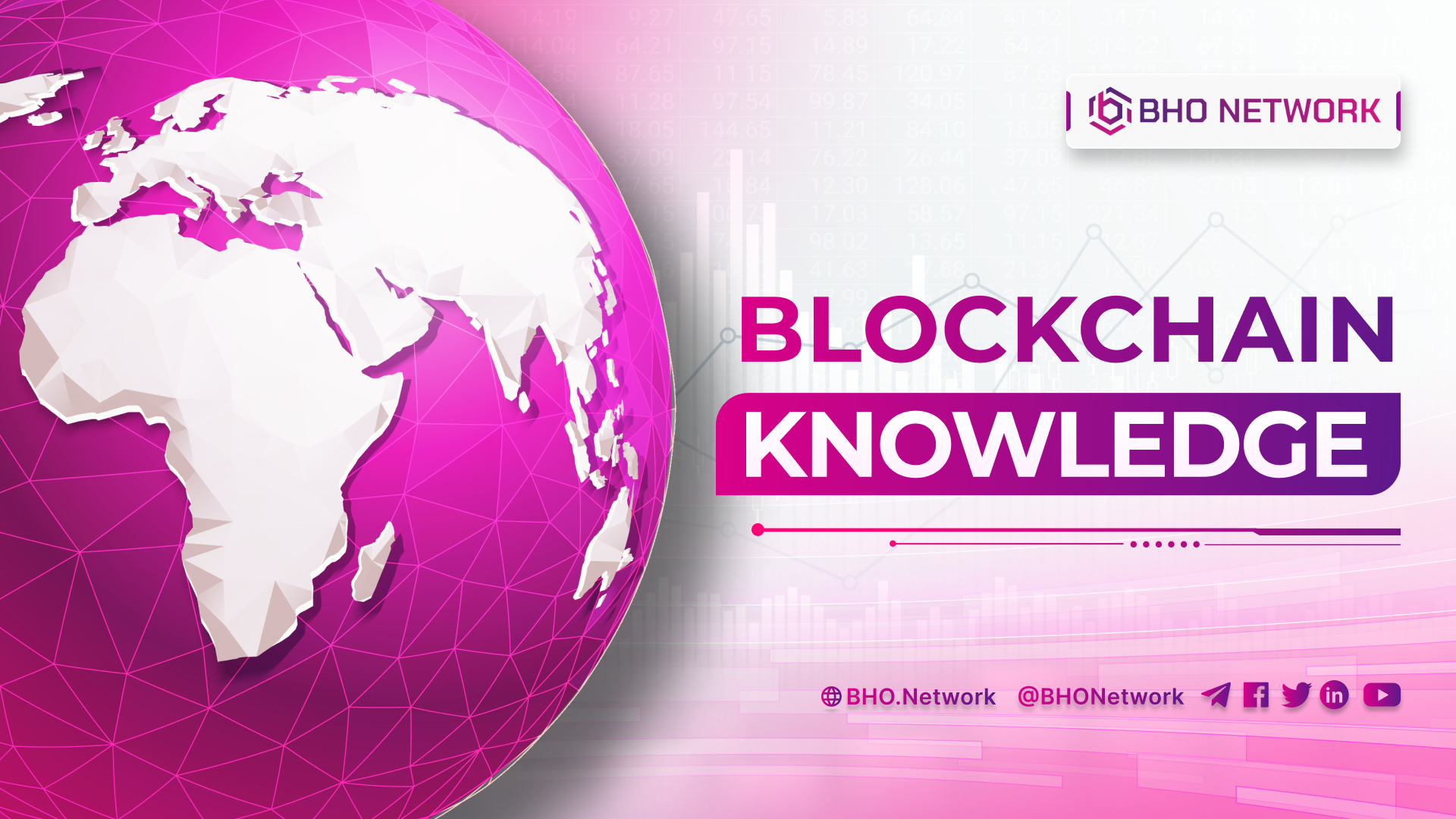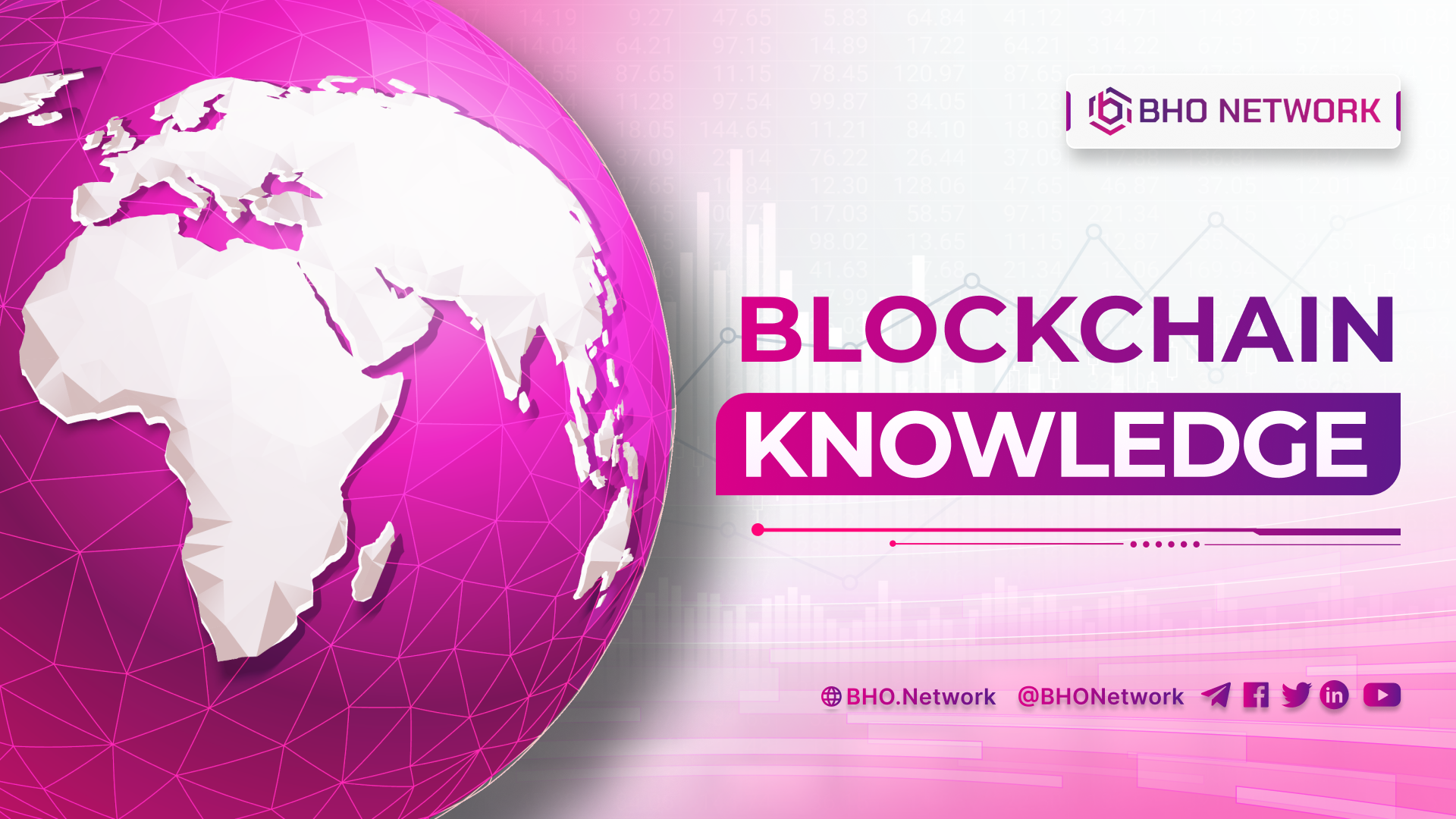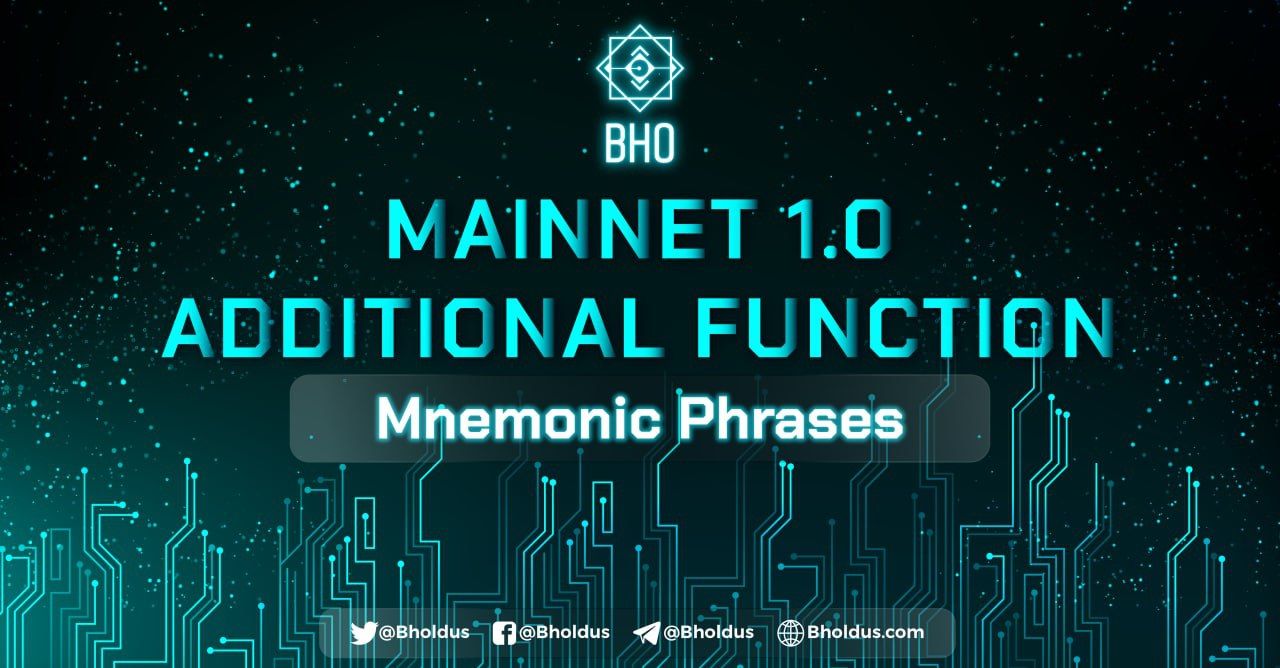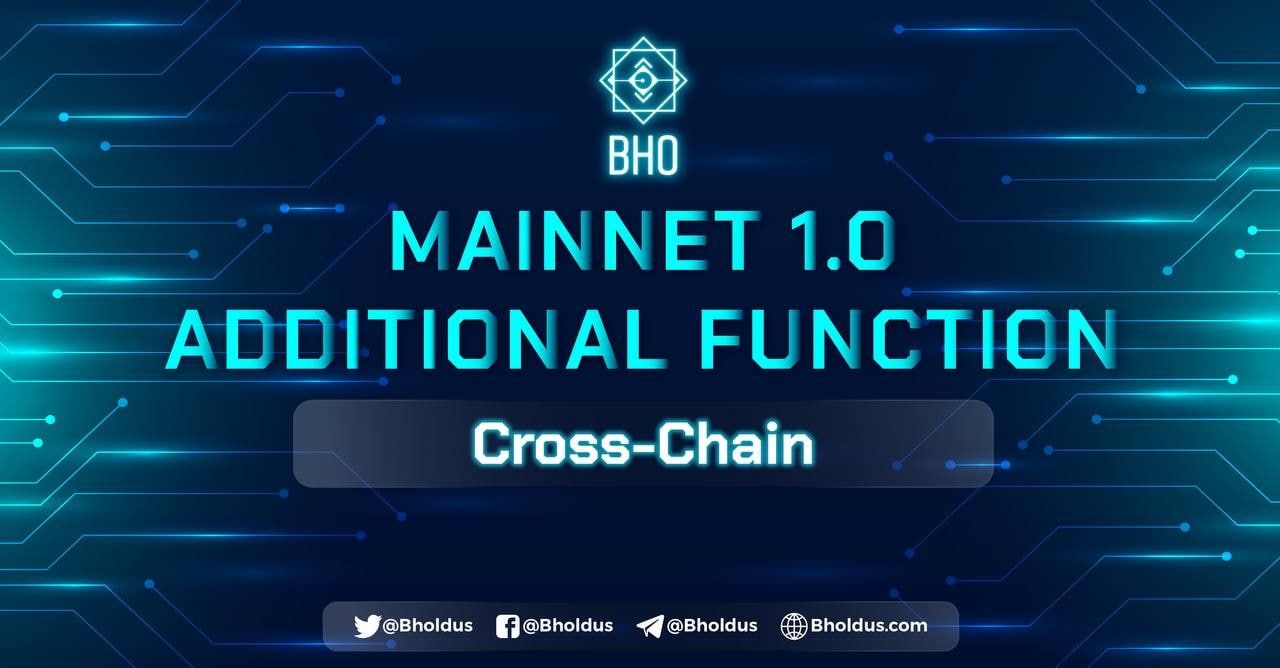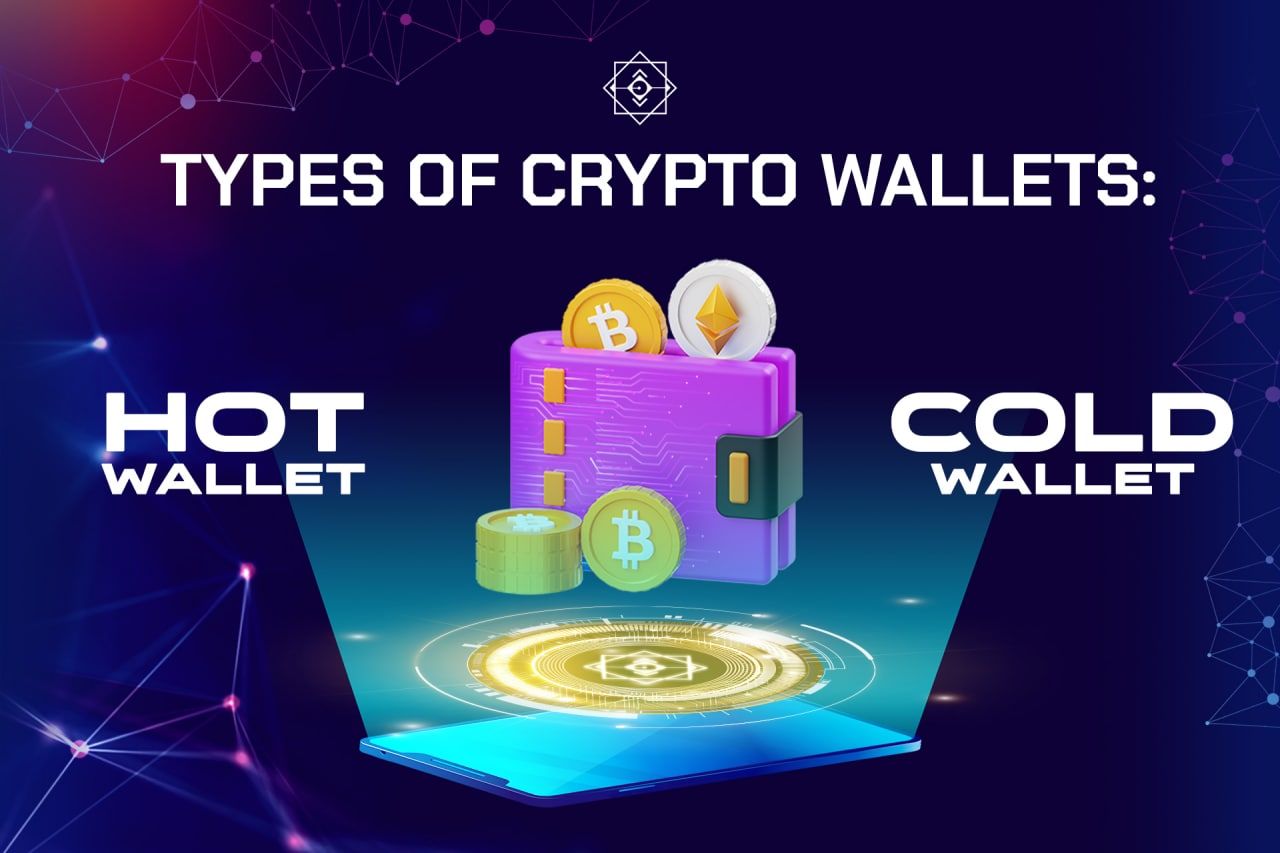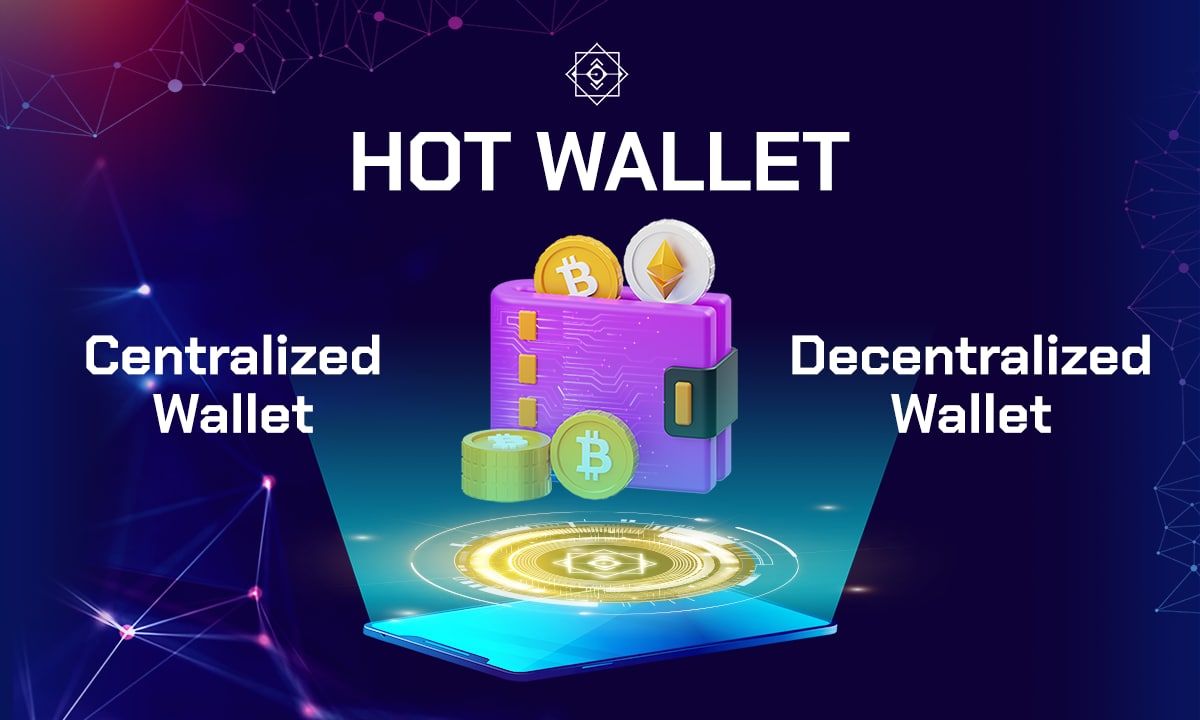- Blog
- Crypto News
- What is Proof of Stake (POS)? Things you need to know
What is Proof of Stake (POS)? Things you need to know
- 1. What is Proof of Stake (POS)?
- 2. What is network monopoly? How did Proof of Stake solve this problem?
- 2.1 Concept of Network Monopoly
- 2.2 How did POS solve this problem?
- 3. How Proof of Stake works
- 4. Pros and cons of Proof of Stake
- 4.1 Advantages
- 4.2 Disadvantages
- 5. What is the difference between Proof of Stake and Proof of Work?
- 6. How to choose nodes in Proof of Stake
- 6.1 Based on Random Nodes
- 6.2 Based on asset holding time
- 7. Ways to make money from POS Coin
- 7.1 Actively
- 7.1.1 Coin Mining
- 7.1.2 Trading
- 7.2 Passive Way
- 7.2.1 Stake coins on the main wallet
- 7.2.2 Stake Coin on the exchange
- 8. Is Proof of Stake safe?
What is Proof of Stake? How does it work as well as the advantages and disadvantages of POS? That must be the question of a beginner to learn about Crypto or Blockchain. To get answers to these questions, let's join BHO Network to refer to the content of the article below about the general knowledge you need to know about POS!
1. What is Proof of Stake (POS)?
Proof of Stake (POS) is a kind of Blockchain working algorithm. You can deposit (Stake) several assets to become a validator of the Blockchain.
These validators will verify the network transaction and then send the proof to the block. If done correctly, the player will receive a reward and this is called Blockchain inflation or transaction fees. And if wrong, the User will have to pay a penalty, lose some of the deposited property or all.
2. What is network monopoly? How did Proof of Stake solve this problem?
Network monopoly is probably also a "new" term for newbies in the Crypto market. Please refer to the sections below to understand this problem and how Proof of Stake has been solved.
2.1 Concept of Network Monopoly
When one party controls a visa transaction validation resource, it can use that resource to impose conditions on the rest of the network. The monopolist will choose to refuse service or do it maliciously. If players choose a malicious strategy and prolong that control, trust in the Blockchain network will suffer.
2.2 How did POS solve this problem?
Coins that use the POS algorithm can still have exclusivity problems. However, the Proof-Of-Stake network is already more secure against malicious attacks. There are 2 reasons for that.
First, it is tough to be a monopoly on a POS network. Because Masternodes must hold and deposit Coins to participate in transaction verification, if they want to monopolize, holders must buy at least 51% of the total supply, which leads to huge costs.
Second, the monopolist does not benefit from harming the network he is investing in. Because of this, the network will make investors lose confidence in the Coin, thereby reducing demand, which will lead to a decrease in price. The Monopoly Coin Fund is also harmed during staking.
Read more: What is KYC and AML? How to verify KYC successfully
3. How Proof of Stake works
In addition to the question "What is Proof Of Stake?" How the protocol works is also taken into account. Usually, POS will have rewards to encourage users to join the network. This reward will be from Token project inflation (predetermined in Token Allocation, or infinite like Ethereum 1.0, Mina Protocol, ...).
Today, Staking is not simply encapsulated in Blockchain but also regular projects to reduce supply circulation and selling pressure. The Holder who accepts the Token key will receive a token reward from the project.
This approach is very commonly applied and comes with a two-way effect. The protocol is a double-edged sword. If you know how to use it, you will benefit. In the worst case, the player will suffer a loss:
- When during the lock-up period, the project works well and proves the reason why the user holds the Token and does not sell, then after the cycle there will be no selling pressure.
- On the contrary, during the lock period, nothing changes. There is a high possibility that both the Bonus Token and the root will "discharge," and the project will suffer heavier losses.
4. Pros and cons of Proof of Stake
Let's find out with BHO Network the pros and cons of POS. Thereby, you will be able to understand the market better, and easily decide how to invest.
4.1 Advantages
The advantages that Proof Of Stake possesses are as follows:
- Usually will not require a highly configurable machine.
- It is sometimes possible to delegate to the Validator. The user sends the Coin to the Validator and will have more voting rights, in return you will also receive a reward without having to do anything.
- Proof Of Stake is more environmentally friendly because it does not require as much electricity to operate (such as Bitcoin).
4.2 Disadvantages
Besides the advantages of POS, there are still many disadvantages that players need to pay attention to before participating in the project, such as:
- When you do authorization or Validator, you will get an additional amount of Coin. As a result, there will be a decrease in capital or sometimes a loss of Coin value and the amount of compensation is not enough to break even.
- There will be cases where unlocking needs to wait for about 1 week, or 2 weeks, etc., and make Holder "untimely" when the Coin price changes.
- Locking Tokens is often related to governance, so the more Tokens locked, the more influence that person will have. The validator also needs users to entrust Tokens leading to a centralized Blockchain. A few people have too great a power, the project must follow, but there are times when the ideas do not benefit the project but still have to be done.
5. What is the difference between Proof of Stake and Proof of Work?
First, let's have a quick look at what is Proof of Work. PoW is proof of work, or the essence of this algorithm is to confirm at work the correctness of miners to all Blockchain network through the use of real world resources (diggers, power, etc.) amount of electricity, time).
Besides being famous as a leader in cryptocurrency, Bitcoin is very often involved in cases of impure energy, complex space requirements, expensive miners, etc. Proof Of Work is away. The mode of operation is still maintained because of its high security. Having to spend a lot of money to become a miner will make you not want to sabotage the network.
6. How to choose nodes in Proof of Stake
After understanding what is Proof of Stake , to make informed choices when using the Proof Of Stake algorithm, you need to know how to select nodes in POS. BHO Network will list you 2 simple ways to choose in the following section:
6.1 Based on Random Nodes
The Proof-Of-Stake Algorithm usually selects a validator for the next Block at random by using the formula that looks for the lowest Hashrate and the highest bet (Stake). Once the assets are made public, each Node will “automatically” select the authorized account to process the next Block.
6.2 Based on asset holding time
POS algorithm also combines random selection method with Coin Age-based for consideration (calculated from when the asset is held). The node must hold Coins for at least 30 days before “running” as Validator for the next Block. So the node that holds more Coins for a longer time will be more competitive.
After each, the asset's age will be "reset" to 0, then it must wait at least 30 more days before having the right to "run" for another block. In addition, 90 days is the maximum number of days to participate in the election, which helps avoid the manipulation of nodes that own too many assets.
Read more: What is Mainnet and Testnet? Things about Mainnet & Testnet
7. Ways to make money from POS Coin
If you do it right, the cryptocurrency market will always be profitable. Not only Coin POS, but you can also make money from other cryptocurrencies. However, with POS, users will make money in two ways: active and passive.
7.1 Actively
Like other algorithms in the cryptocurrency market, you can actively search for Coins from two ways: Coin mining and Trading. Specifically, you can refer to the following section:
7.1.1 Coin Mining
You just need a computer with an internet connection; you can easily mine POS Coins. On its own website, each coin has its own direction. digging guide. You can find how to dig on the net very simply.
7.1.2 Trading
With Coin with a POS algorithm, if your trading performance is higher than the Stake interest rate, then you should Trade. Trading with high returns can still be a high risk. If you are a person who does not like to take risks, then you can choose to hold and Staking to receive interest.
7.2 Passive Way
An advantage that other Coins do not have like POS Coin is passive income from Staking coins. You just need to send Coins to a platform that supports Stake, without moving or trading, you can still receive more Coins every month. The method has an advantage when the market is "freezing", the price drops a lot or the Sideway market has no waves to Trade.
7.2.1 Stake coins on the main wallet
There are many coins that develop their own wallets to help users keep, receive and transfer coins to each other. In addition, the POS coin's wallet also has a built-in Staking feature. Users only need to download the Coin holding wallet to receive a coin stake.
7.2.2 Stake Coin on the exchange
Many exchanges have launched the Staking platform to support users to earn passive income from Staking Coin directly on the exchange wallet. You just need to send the Coin to the exchange wallet, the rest of the exchange will automatically Stake Coin.
The advantage of this method is that users will quickly Trade coins if the market is volatile, without waiting for time to send from the wallet to the exchange.
8. Is Proof of Stake safe?
Having answered the question what is Proof of Stake , one wants to know that POS is secure? If the protocol is a project, then Stake Token will help you get more rewards and help build a codeless system.
However, if the user chooses a project with poor quality or bad security, the number of coins locked in has a high risk of being lost or severely reduced. So you need to consider it carefully before choosing a project.
Related posts:
- What is FOMO and FUD syndrome? How to get over it?
- What is Margin Trading? How to play Trade Margin for newbies
The above article introduced you to "What is Proof of Stake?" and general knowledge about POS. I hope the above information will be helpful to you when participating in this exciting and new crypto market. Learn more about Blockchain protocols to plan a profitable investment today. If you have any questions, please contact BHO Network!
Published on February 20, 2022
Tagged topics
